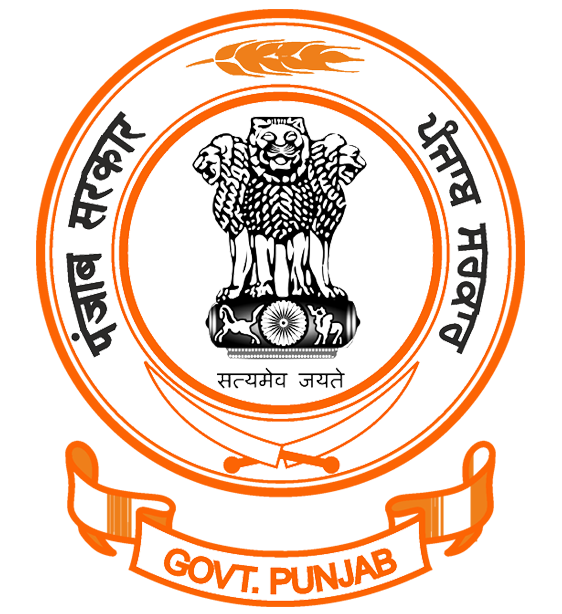Introduction
Prisons Department Punjab was founded in the year 1854 and is governed by The Punjab Prison Act 1894 and Punjab Jail Manual 1996. This department bears the motto of Custody, Care and Correction, and work progressively for achieving the mission of maintaining a balance between Security, Control and Justice. Prison personnel try their best to provide a secure environment to the prisoners, with inculcating discipline among them and providing them with ample opportunities of Reformation and Rehabilitation.
There are 26 jails in Punjab which constitute 10 Central Jails, 11 District Jails and 5 Sub Jails. Prison Department Punjab also has a Jail Training School at Patiala. The cumulative authorized capacity of all the jails is 26556.
| S.No | Name of Jail | S.No | Name of Jail |
|---|---|---|---|
| 1 | Central Jail Amritsar | 14 | District Jail Sangrur |
| 2 | Central Jail Ludhiana | 15 | District Jail Sri Muktsar Sahib |
| 3 | Central Jail Bathinda | 16 | New District Jail Nabha |
| 4 | Central Jail Gurdaspur | 17 | District Jail Mansa |
| 5 | Central Jail Kapurthala | 18 | District Jail Barnala |
| 6 | Central Jail Hoshiarpur | 19 | Women Jail Ludhiana |
| 7 | Central Jail Patiala | 20 | Borstal Jail Ludhiana |
| 8 | Central Jail Ferozepur | 21 | Sub Jail Pathankot |
| 9 | Central Jail Faridkot | 22 | Sub Jail Malerkotla |
| 10 | Central jail Goindwal Sahib | 23 | Sub Jail Fazilka |
| 11 | District Jail Ropar | 24 | Sub Jail Moga |
| 12 | Maximum Security Jail Nabha(Presently Vacant) | 25 | Sub Jail Patti |
| 13 | Women Jail Bathinda | 26 | Open Jail Nabha |
Objective of the department
(a) Punjab Jail Department shall endeavor to reform and re-assimilate offenders in the social milieu by giving them appropriate correctional treatment- their institutional care, aftercare, probation and other non-institutional services.
(b) To evolve proper mechanism to ensure that no undertrial prisoner is unnecessarily detained.
(c) Ensure that the Probation of Offenders Act, 1958, is effectively implemented throughout the state.
(d) Jails shall be compatible with human dignity in all aspects such as accommodation, hygiene, sanitation, food, clothing, medical facilities.
(e) To develop the fields or criminology and penology and promote research.
(f) To organize programmes for the treatment of offenders.
(g) To develop vocational training and work programmes in prisons.
(h) Payment of fair wages and other incentives.
(i) Provide free legal aid to all needy prisoners.
(j) Young offenders (between 16 to 21 years in the case of boys and 18 to 21 in the case of girls) shall be confined in separate institutions.
(k) Women offenders shall be confined in a separate institution specially meant for them.
(l) Prison service shall be developed as a professional career service.
(m) Proper training facilities for prison personnel.
(n) To secure and encourage voluntary participation of the community.









